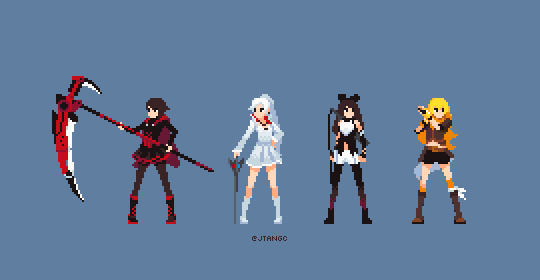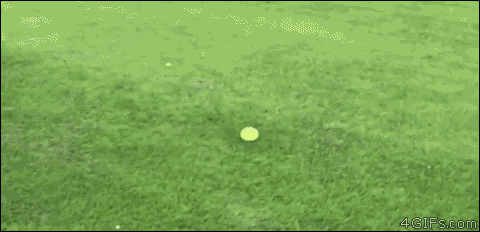I adore music, of every flavor and color; classical painting; books, especially those very old or brand new; the martial arts; poetry, though I am very particular in my taste; videgames; computer science and engineering; theoretical physics; art, though to a somewhat lesser degree, in every other medium; I love the smell of must, of hardwoods, of freshly-printed paper, and of flowery perfumes; interact with me, send me things, like my things, ask me things, ...
Don't wanna be here? Send us removal request.
Photo



Entitled ‘When My Father Died It Was Like a Whole Library Had Burned Down,’ the intriguing installation by Swedish artist Susanna Hesselberg has been dug into the sand on a Denmark beach for the biennial Sculpture by the Sea art festival.
Source
Follow Ultrafacts for more facts
22K notes
·
View notes
Photo

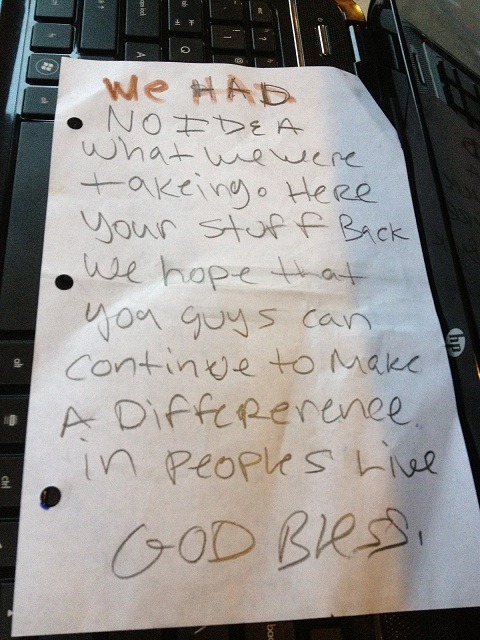
Source For more facts follow Ultrafacts
531K notes
·
View notes
Photo


Excess food is a serious issue in the US. After paper, food scraps are the nation’s second largest source of waste, according to the US Environmental Protection Agency. Leftovers fill 18 percent of landfills and make up over 30 million tons of what is sent to dumps each year.
“Imagine a football stadium filled to its brim. That’s how much food goes wasted every single day in America.”
Komal Ahmad created a nonprofit service called Feeding Forward. Through a website and mobile app, Feeding Forward matches businesses that have surplus food with nearby homeless shelters. Here’s how it works: when companies or event planners have surplus food, they tap the Feeding Forward app and provide details of their donation. A driver is dispatched to quickly pick up the leftovers and deliver them to food banks. After the Bite Silicon Valley food-tech conference in early June, leftovers gathered at this event fed more than 4,279 people at eight different shelters and food banks.
(Fact Source) for more facts, follow Ultrafacts
11K notes
·
View notes
Photo


One of the challenges of dealing with objects at the microscale is finding ways to manipulate them. This is what techniques like optical tweezers or magnetic traps are used for. The downside to these methods is that they often require complex experimental set-ups or place restrictions on the kinds of particles that can be manipulated. Recently, however, researchers have developed a new hydrodynamic alternative: the Stokes trap.
Using a six-channel microfluidic device like the the ones shown in A) and B) above, scientists can alter the flow in the device in such a way that they trap and manipulate two particles at the same time. The simultaneous inflow and outflow in the device creates streamlines like those shown in C) and D) above. The large white areas where the streamlines converge and diverge are stagnation points–areas of little to no velocity. The scientists trap their particles at the stagnation points and then carefully shift the flow rates into and out of the device to move the stagnation points–with particles in tow–wherever they want them. In the animation, you can see part of a movie where they use the particles to write out a capital I (for University of Illinois). The researchers hope the technique will be used in the future for studying the physics of soft materials and biologically-relevant molecules like DNA. For more, check out the full paper or the group’s website. (Image credit and submission: C. Schroeder et al.)
126 notes
·
View notes
Text
Captain: Well, I can give you the information if you’re willing to grease my palm, if you know what I mean.
Bard: *casts Grease on the captain’s hand*
Captain: That’s… that’s not what I meant!
2K notes
·
View notes
Photo




A falling jet of viscous fluid–like honey or syrup–will often coil. This happens when the jet falls quickly enough that it gets skinnier and buckles near the impact point. Triggering this coiling typically requires a jet to drop many centimeters before it will buckle. In many manufacturing situations, though, one might want a fluid to coil after a shorter drop, and that’s possible if one applies an electric field! Charging the fluid and applying an electric field accelerates the falling jet and induces coiling in a controllable manner.
An especially neat application for this technique is mixing two viscous fluids. If you’ve ever tried to mix, say, food coloring into corn syrup, you’ve probably discovered how tough it is to mix viscous substances. But by feeding two viscous fluids through a nozzle and coiling the resulting jet, researchers found that they could create a pool with concentric rings of the two liquids (see Figure C above). If you make the jet coil a lot, the space between rings becomes very small, meaning that very little molecular motion is necessary to finish mixing the fluids. (Image credits: T. Kong et al., source; via KeSimpulan)
1K notes
·
View notes
Quote
“So I am currently a murder investigator, moonlighting as a prostitute, moonlighting as a storekeeper, moonlighting as a slaveowner, moonlighting as a noblewoman. There’s so much moonlight here, Sokka’s going to fall in love with me.”
(via outofcontextdnd)
2K notes
·
View notes
Text
Can someone calculate for me the volume of loch ness in liters so I can figure out how many humans you’d need to drink it
267K notes
·
View notes
Photo
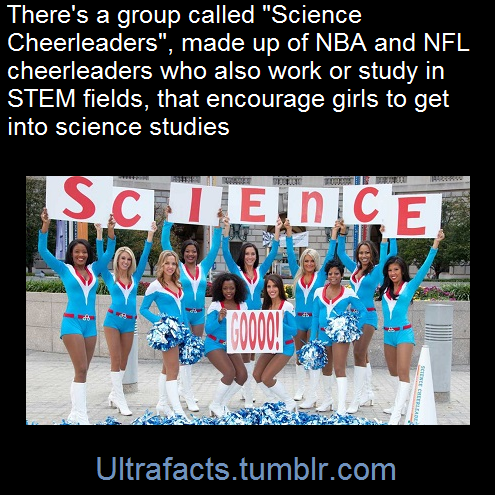


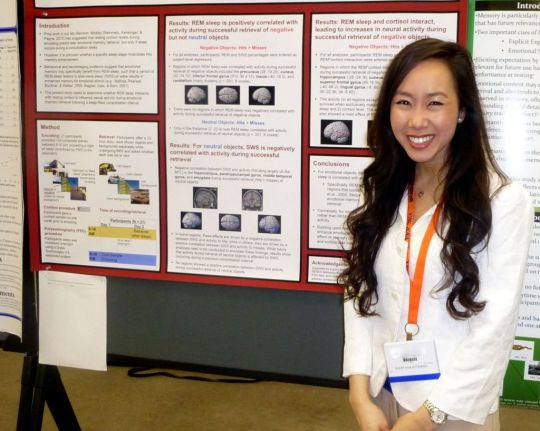
Science Cheerleader is an association of around 300 current and former professional football and basketball cheerleaders that work or study in the STEM fields (Science, Technology, Engineering and Math).
Source
Follow Ultrafacts for more facts
169K notes
·
View notes


